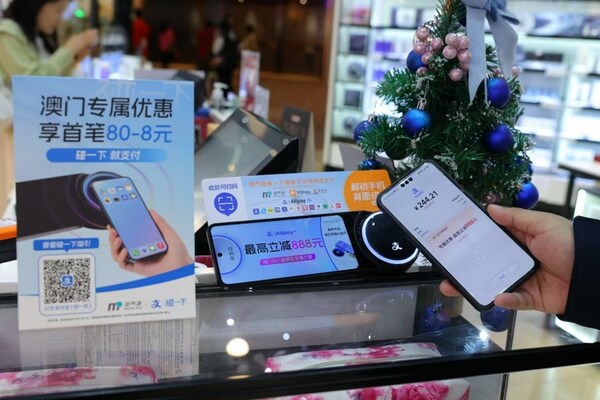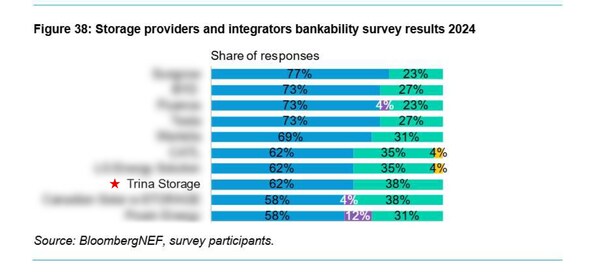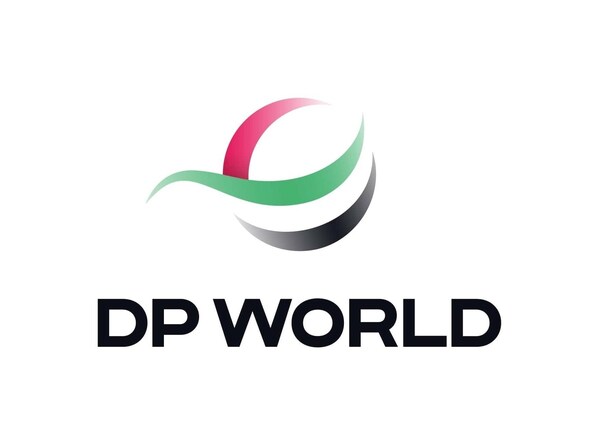Simplifying payments for both domestic and international tourists
MACAO, Jan. 14, 2025 /PRNewswire/ — On Jan. 14, 2025, Sands China Ltd., Alipay and Macau Pass jointly introduced the Alipay Tap! service at Sands Resorts® Macao. Utilizing innovative payment interaction technology, the service will further enhance the payment experience of visitors in Macao and enable new digital business and marketing opportunities. It will also contribute to the city’s smart city development while supporting digital upgrades and connectivity within the Greater Bay Area.
Alipay Tap! is an innovative payment service introduced by Alipay in July 2024 in the Chinese mainland. Users can simply unlock their phones and tap the merchant’s payment device to complete the transaction, without opening the Alipay app. This solution has quickly become popular with both users and merchants and is currently available in over 100 cities and more than 1,000 shopping malls and commercial districts in the Chinese mainland. In addition to payments, Alipay has also collaborated with partners to create over 50 Alipay Tap! digital industry solutions, such as “Tap to Order” and “Tap to Open Self-service Vending Machine.”
In this first phase, Sands China has rolled out Alipay Tap! across 300 merchants in its integrated resorts, including The Venetian® Macao, The Parisian Macao, The Londoner® Macao, and Sands® Macao. It can be used for a variety of payments, such as hotel accommodation, dining, shopping, and ticketing, providing customers with a convenient payment experience. Chinese mainland tourists using Alipay Tap! in Sands Resorts Macao can also enjoy multiple offers during the promotional period, including an exclusive coupon for the first transaction via Alipay Tap! in Macao and other cross-border travel promotions released.
Merchants can use one terminal to meet the payment needs of both tourists and local residents using mainstream e-wallets. A representative from a Sands Resorts Macao merchant shared, “As Chinese mainland tourists are generally familiar with Alipay Tap!, combined with various recent promotional offers, the number of Alipay Tap! transactions has significantly increased since its launch, greatly enhancing operational efficiency.”
Jiajia Li, Vice President of Alipay, Ant Group, said, “Macao has unique geographic advantages, providing an ideal environment for the introduction of innovative technologies. Alipay and Alipay+’s cross-border services have already covered nearly 90% of merchants in Macao. The successful introduction of Alipay Tap! in Macao will further enhance the convenience of payments for Chinese mainland visitors, accelerate the digital transformation of businesses, unlock more commercial potential, and promote the digital connectivity of digital everyday services within the Greater Bay Area.”
The introduction of Alipay Tap! in Macao is not just a simple replication of the payment model but also creates a local digital business model benchmark. The collaboration between the three companies integrates Alipay’s user experience and membership preferences, Sands China’s unique services and benefits, and Macau Pass’s regional coverage and operational expertise. Together, they have created a new digital business model.
Allan Chung, Vice President of E-Commerce and Digital Marketing of Sands China Ltd., said, “Sands China is proud to be the first in Macao to offer this innovative payment technology. By deeply integrating it across various business operations within Sands Resorts Macao, we have significantly enhanced the payment experience, making it smoother and more convenient for both domestic and international visitors. This initiative also helps foster an environment for the digital economy and technological innovation in Macao. Sands China will continue to collaborate with innovative technology partners, while actively supporting the Macao SAR Government’s smart city development agenda. We are committed to ensuring that convenience and the latest digital services are easily accessible, and contributing to the quality growth of Macao’s tourism industry.”
Gavin Zhao, Chief Technical Officer of Macau Pass, said, “As a leader in digital solutions in Macao, Macau Pass will integrate its own digital capabilities with the Alipay Tap! technology, connecting with local ecosystem scenarios to create a new model of digital commerce with local characteristics. In the future, we will further integrate one-stop terminals, benefits, and membership capabilities, helping merchants upgrade digitally and promoting the high-quality development of Macao’s digital economy, providing strong support for the moderate diversification of the economy.”
With the application of new technologies, the interaction between digital finance, innovative business models, and new forms of productivity will become increasingly close. The introduction of Alipay Tap! will not only further enhance the convenience of mobile payments in Macao but also integrate the physical and digital economies, injecting momentum into the development of smart tourism and smart city initiatives. At the same time, leveraging Macao’s unique geographic advantage, it will promote deeper integration with the Greater Bay Area’s digital economy. This will improve the visitor experience and create an innovative digital ecosystem, while showcasing Macao’s appeal as a World Centre of Tourism and Leisure.
To download the relevant high-definition images, please use the following link:
https://we.tl/t-PNaIkeQVgT (Link valid until Jan.17, 2025)
About Sands China Ltd.
Sands China Ltd. (Sands China or the Company) is incorporated in the Cayman Islands with limited liability and is listed on The Stock Exchange of Hong Kong Limited. Sands China is the largest operator of integrated resorts in Macao. The Company’s integrated resorts on the Cotai Strip comprise The Venetian® Macao, The Plaza® Macao, The Parisian Macao and The Londoner® Macao. The Company also owns and operates Sands® Macao on the Macao peninsula. The Company’s portfolio features a diversified mix of leisure and business attractions and transportation operations, including large meeting and convention facilities; a wide range of restaurants; shopping malls; world-class entertainment at The Venetian Arena, The Londoner Arena, The Venetian Theatre, The Parisian Theatre, the Londoner Theatre and the Sands Theatre; and a high-speed Cotai Water Jet ferry service between Hong Kong and Macao. The Company’s Cotai Strip portfolio has the goal of contributing to Macao’s transformation into a world centre of tourism and leisure. Sands China is a subsidiary of global resort developer Las Vegas Sands Corp.
For more information, please visit www.sandschina.com.
About Alipay
As the world becomes increasingly digital, Alipay has evolved from a trusted e-wallet into an all-in-one digital platform for daily services, connecting more than one billion consumers to over 80 million merchants across China. Alipay offers users a secure, seamless mobile payment experience and integrates over 10,000 services across sectors like travel, healthcare, tourism, and entertainment. With digital tools like Alipay Tap!, mini-programs, lifestyle accounts, Alipay enables merchants, institutions, and independent software vendors (ISVs) to enhance operational efficiency and effectiveness. In addition, Alipay is developing a new AI-driven open platform by integrating AI agents to deliver smarter, more personalized services to its users as well as facilitating the digital transformation of the service sector.
About Macau Pass S.A.
Macau Pass, a leading financial technology and payment services company in Macao, contributes to the popularization of mobile payments and the construction of a smart city in Macao by providing contactless smart cards, e-wallets, and versatile electronic payment systems. In 2007, Macau Pass introduced the first contactless smart card mCard in Macao, which is now one of the largest contactless smart card and electronic payment system in Macao. In 2015, Macau Pass introduced mobile payment to Macao and created the MPay app in 2018. Today, it is not only one of the most widely used payment applications in Macao but has also developed into a super app that covers financial payments, lifestyle services, and leisure and entertainment scenarios, providing comprehensive digital services for local merchants, residents, and tourists in Macao.
Rooted in Macao and with a vision for global connectivity, Macau Pass is committed to advancing financial technology and smart city initiatives. The company continues to expand its digital service offerings and enhance payment solutions to meet the evolving demands of users in the Greater Bay Area and beyond. Through these efforts, Macau Pass strives to strengthen Macao’s connections with the global community and foster economic and cultural prosperity across the region.
















